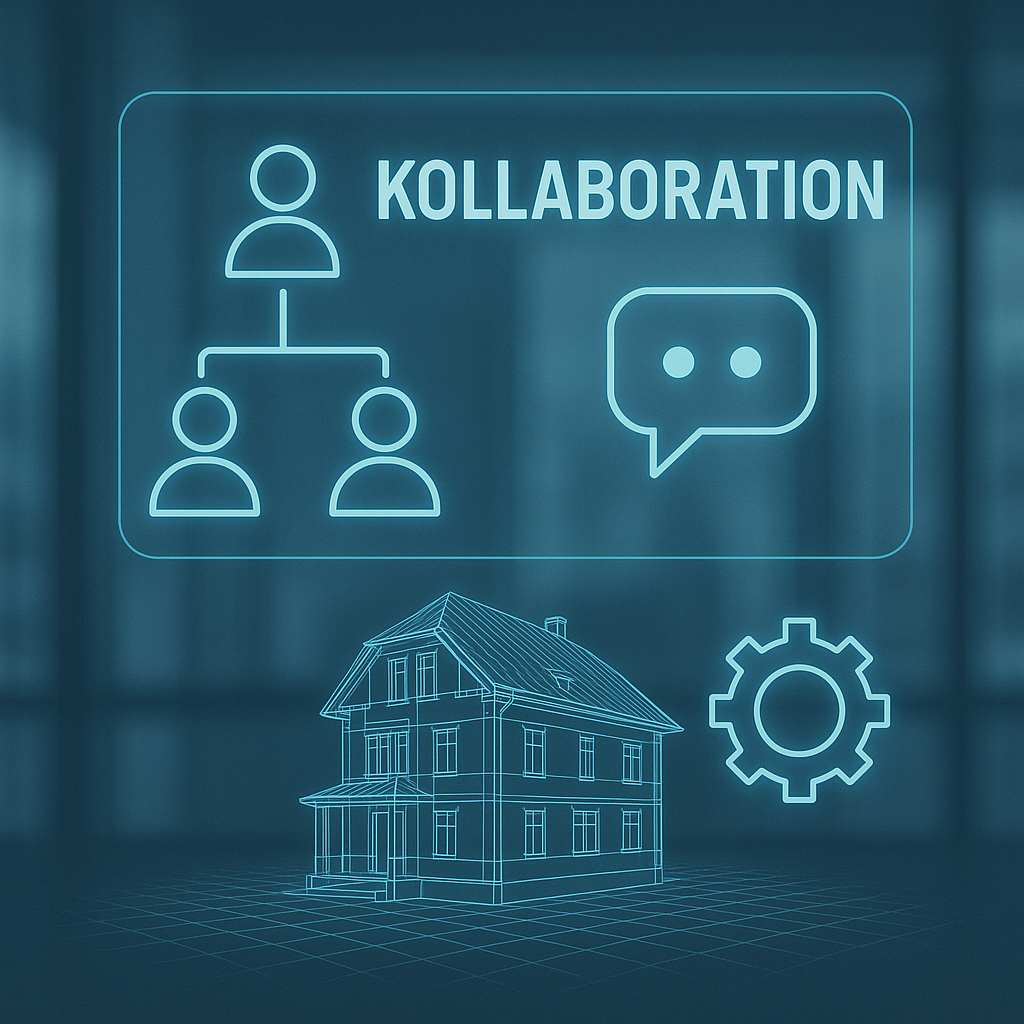DenkmalBIM places a cloud platform in the centre of the
process. Surveyors, planners, fabricators and installers all
connect to this shared backbone. Measurements, HBIM models, planning
decisions and fabrication data are no longer scattered across tools
and folders.
Each door leaf, façade panel or fitting becomes a component in the
twin with geometry, material, condition and intervention history
attached. This makes the building fabric legible and re-usable – not
only for the current renovation, but also for future maintenance and
research.
LOOP · Survey → Plan → Fabricate → Install → Survey again
Survey
What do we actually have?
High-resolution scans and photos document the existing façade. The
data is registered and linked to components so teams can zoom from
building scale down to a single fitting.
Planning
What should be changed?
HBIM models capture variants, repairs and replacements. Design
decisions are recorded on the components, making the reasoning
behind each measure transparent.
Fabrication
How do we build it?
Parametric HBIM elements provide geometry for additive
manufacturing and other production processes, keeping a traceable
link between digital and physical parts.
Installation & lifecycle
What happens on site?
Installation, adjustments and later inspections write back into the
twin. The building gains a long-term memory that can be reused for
maintenance or future renovation cycles.








